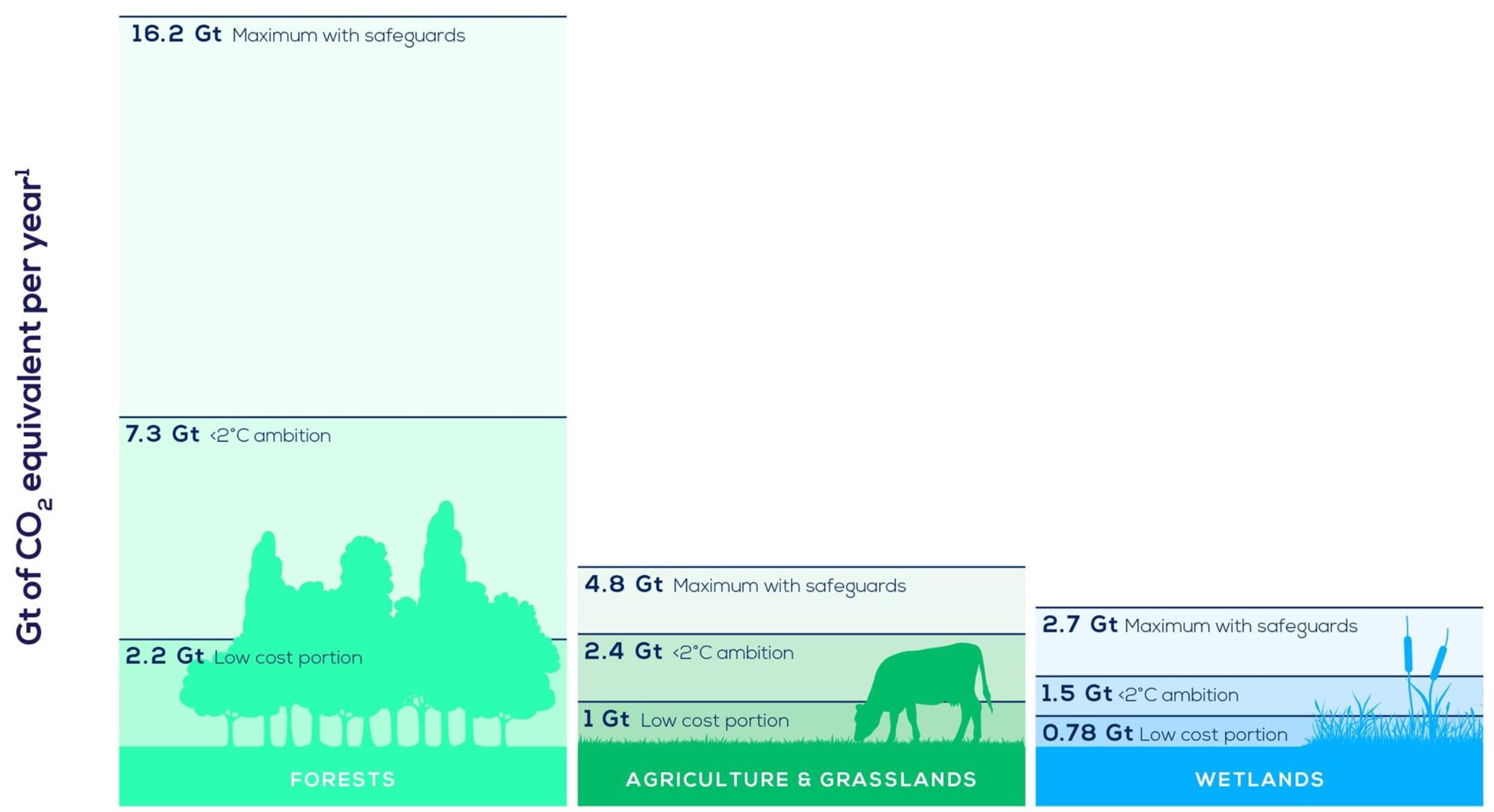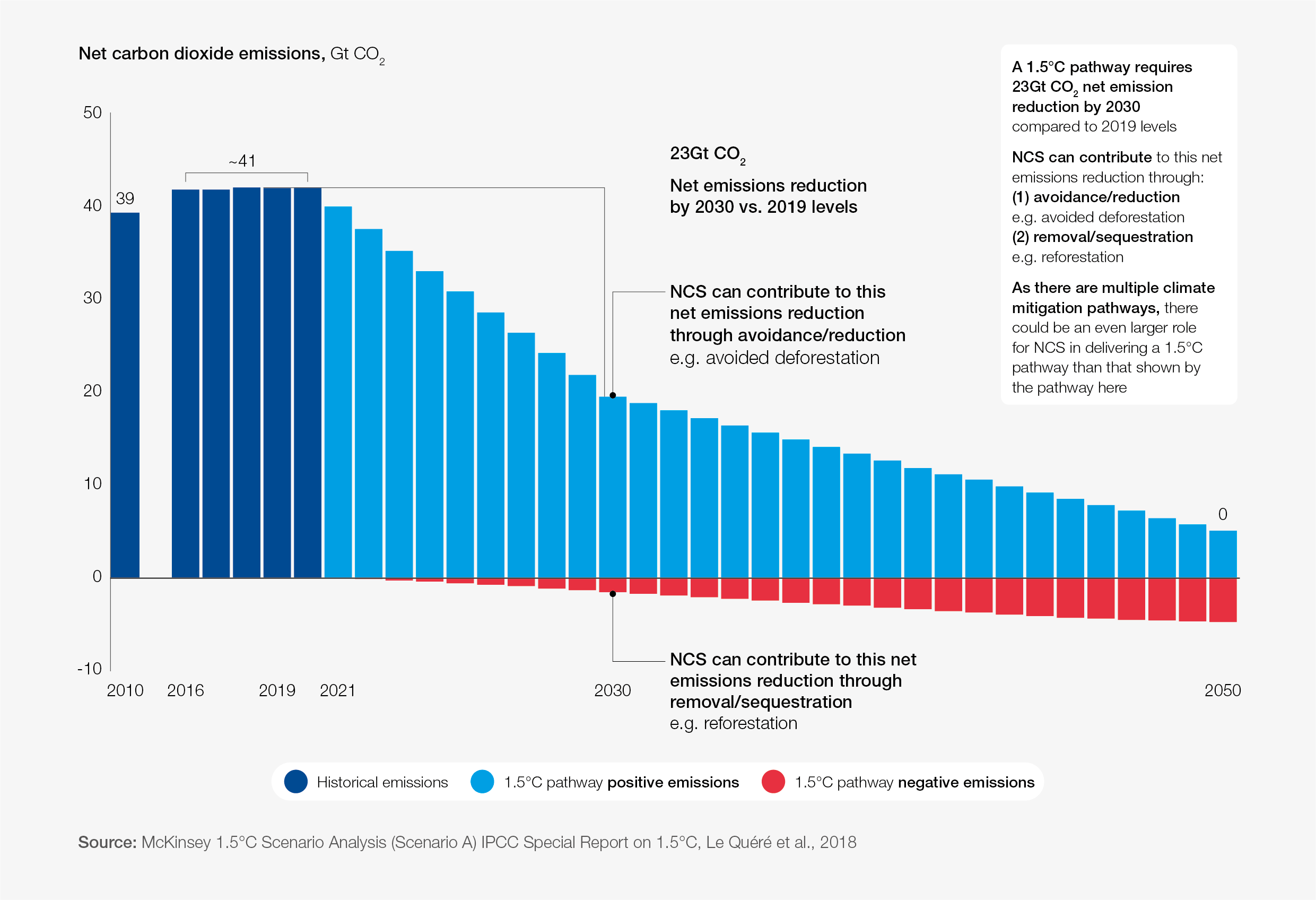How investors can achieve net zero, help end deforestation and save the Paris Agreement

Image: Pixabay
- There is huge potential for retail investors to drive a powerful trend for net zero portfolios, starting today.
- Investment managers are witnessing a rapid evolution in climate metrics, which can help investors prioritize low-carbon strategies.
- If investors supplement low-carbon and climate transition strategies by using high-integrity carbon credits, collectively they could unlock the vast mitigation potential of Natural Climate Solutions, which are critical to climate stability.
Momentum for net zero greenhouse gas emissions by 2050 is building among investment managers and corporates. Yet to be harnessed, however, is the huge potential for retail investors to drive a powerful trend for net zero portfolios, starting today.
Corporate voluntary commitments have tripled since 2019, with more than 1500 companies targeting net zero by 2050 or sooner, while in the financial sector The Net Zero Asset Managers Initiative represents firms managing more than $43 trillion of assets.
Corporate demand for carbon credits is rising rapidly. While reaching net zero will ultimately mean companies fully mitigate their own emissions without relying on credits, many sectors needs access to large-scale, affordable, and near-term mitigation options that provide a flexible pathway for technology investment and decarbonization.
Investment managers are witnessing a rapid evolution in climate metrics, which can help investors prioritize low-carbon strategies. For example, MSCI and S&P Dow Jones have created Low Carbon and Paris Aligned indexes. This development has been driven both by regulatory pressure (such as the Financial Stability Board’s Task Force on Climate-Related Financial Disclosures) and consumer-driven trends toward sustainable investment (ESG assets are set to hit $53 trillion by 2025, a third of global AUM).
However, only now are platforms emerging that can mobilize demand for carbon credits from retail investors. For example, in the UK, Sugi.earth, using S&P Trucost metrics, provides savers, via a smartphone app, with carbon footprint data across their portfolios; and Cushon has started to offer “the world’s first net zero pension” committed to achieving net zero through the use of carbon credits.
Investor demand for carbon credits, as a supplement to lower carbon portfolios, should take off in the coming years and, if focused on those credits with the highest environmental integrity, would reinforce corporate action and provide a massive boost to international climate finance programmes in developing countries.
Why retail investors should use carbon credits
Constrained by fiduciary responsibility to maximize financial returns, neither standard nor SRI nor low-carbon funds have any “willingness-to-pay” for public goods. However, there is growing evidence of a consumer appetite to offset the carbon impact of a range of activities from flights to car fuel and credit card purchases. Retail investors can also express their “willingness-to-pay” for climate change mitigation with carbon credits and thus accept below-commercial returns in order to have a climate impact that goes beyond business-as-usual.
Low-carbon strategies are an effective way to reduce carbon footprints but are skewed to concentration risk in a small number of sectors. And, while continued climate policy tightening should create a positive secular trend for low-carbon investments, these strategies could become expensive (either because policies are insufficiently ambitious or because the flow of funds into low-carbon products drives valuations too high).
Both investment managers and retail investors need the flexibility to switch out of green equities if they perceive them to be overvalued––indeed investment managers would have a fiduciary responsibility to do so. In such a scenario, investors can hold standard portfolios and pay for credits to maintain the same carbon footprint. And recognizing that none of the mainstream index-based low-carbon strategies are currently decarbonizing sufficiently to be truly aligned with Paris Agreement goals, some investors will be willing to pay extra to achieve net zero.
What is the World Economic Forum doing on natural climate solutions?
Moreover, the sectors where emissions are hard to abate remain critical to economic growth and the transition to a carbon-neutral economy. Investments in some carbon-intensive companies represent both an opportunity to finance businesses leading the way to net zero and at the same time achieve superior returns. Investors could, therefore, have the option to invest in those carbon intensive companies publicly committed to phasing out emissions from their own operations and supply chains and at the same time increase purchases of credits to achieve net zero.
Analysis of MSCI data last year illustrated the relative costs of offsetting to achieve net zero across different indexes, based on carbon credit prices of $10 and $20 per ton of carbon dioxide equivalent (CO2e).
Thus, based on what would currently be a high carbon credit price of $20 per ton of CO2e, the flagship MSCI ACWI Index would cost 0.94% per annum to offset, the World Low Carbon Target 0.56% and the World Climate Paris Aligned just 0.17%.
Harnessing carbon credit demand to end tropical deforestation
It will be impossible to achieve the goals of the Paris Agreement without “Natural Climate Solutions” (in particular forest protection and restoration), which offer around 30% of the greenhouse gas mitigation needed. Growth in demand for carbon credits could enable donor governments and multilateral institutions to leverage materially more private co-funding for climate aid in developing countries, including through initiatives such as the Green Gigaton Challenge and LEAF Coalition (backed by Norway, the USA, the UK and a growing list of major private companies)––bringing about the long-wished for, predictable carbon revenue signal that would make the economics for tropical forest countries of ending deforestation overwhelmingly compelling.
This trend would be given a huge boost from investors seeking to achieve net zero using carbon credits––both increasing absolute levels of funding and reinforcing competitive pressure for corporate action.
Empowered by the right platforms, retail investors can drive a trend for net zero portfolios from today rather than 2050. At the end of 2020, the MSCI ACWI index had a total market capitalization of $49 trillion, representing 23 billion tons of annual CO2 emissions. Even if only a small percentage of investors supplement low-carbon and climate transition strategies by using high-integrity carbon credits, collectively they could transform government efforts to secure private co-funding to unlock the vast mitigation potential of Natural Climate Solutions, critical to minimizing the global economy’s costs of transition to climate stability.
Don't miss any update on this topic
Create a free account and access your personalized content collection with our latest publications and analyses.
License and Republishing
World Economic Forum articles may be republished in accordance with the Creative Commons Attribution-NonCommercial-NoDerivatives 4.0 International Public License, and in accordance with our Terms of Use.
The views expressed in this article are those of the author alone and not the World Economic Forum.
Stay up to date:
Future of the Environment
The Agenda Weekly
A weekly update of the most important issues driving the global agenda
You can unsubscribe at any time using the link in our emails. For more details, review our privacy policy.









